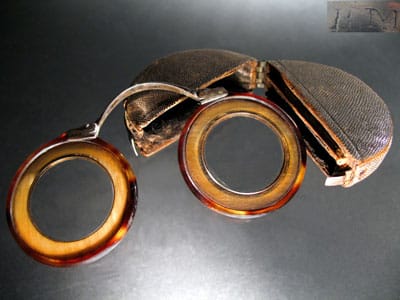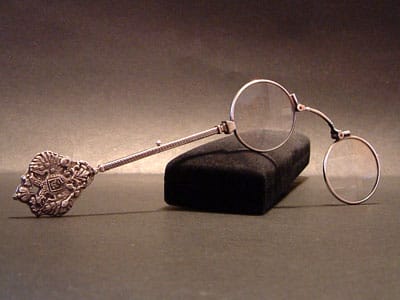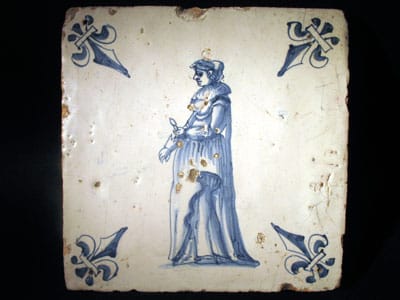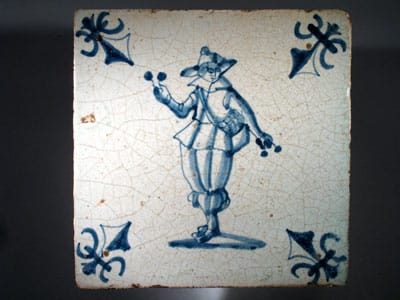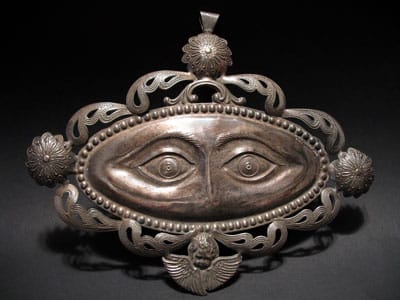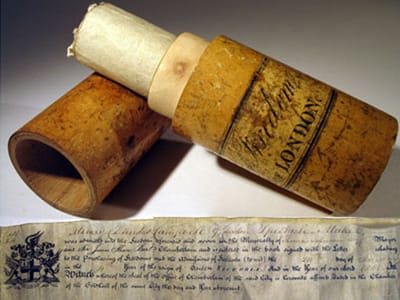Folding bow spectacles
Center Mediterranean area, Syria or Candia XVIII century. Silver folding bow spectacles. Two dolphins or Triton are the ornamental theme for the arms of these pivoted spectacles. Their heads create the hinges of eyerings conjunction and the locking pin designes the eye of the fish. Contained in a brass and silver banjo case, is characterized by numerous engravings that imaginatively represent fish, snakes and birds, inspired by the post Byzantine miniature typical of Greek decorations. On the lid there is an inscription most likely subsequent to the production of the object: X MAMA DAM ASKENOS, 1816 which translated is, Hadji: noble and rich, Mama: male name, Damaskenos: from Damascus (surname), definitely the name of the user or to whom was given the object. Due to the type, the origin date is certainly earlier than the date engraved.


